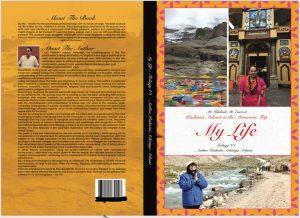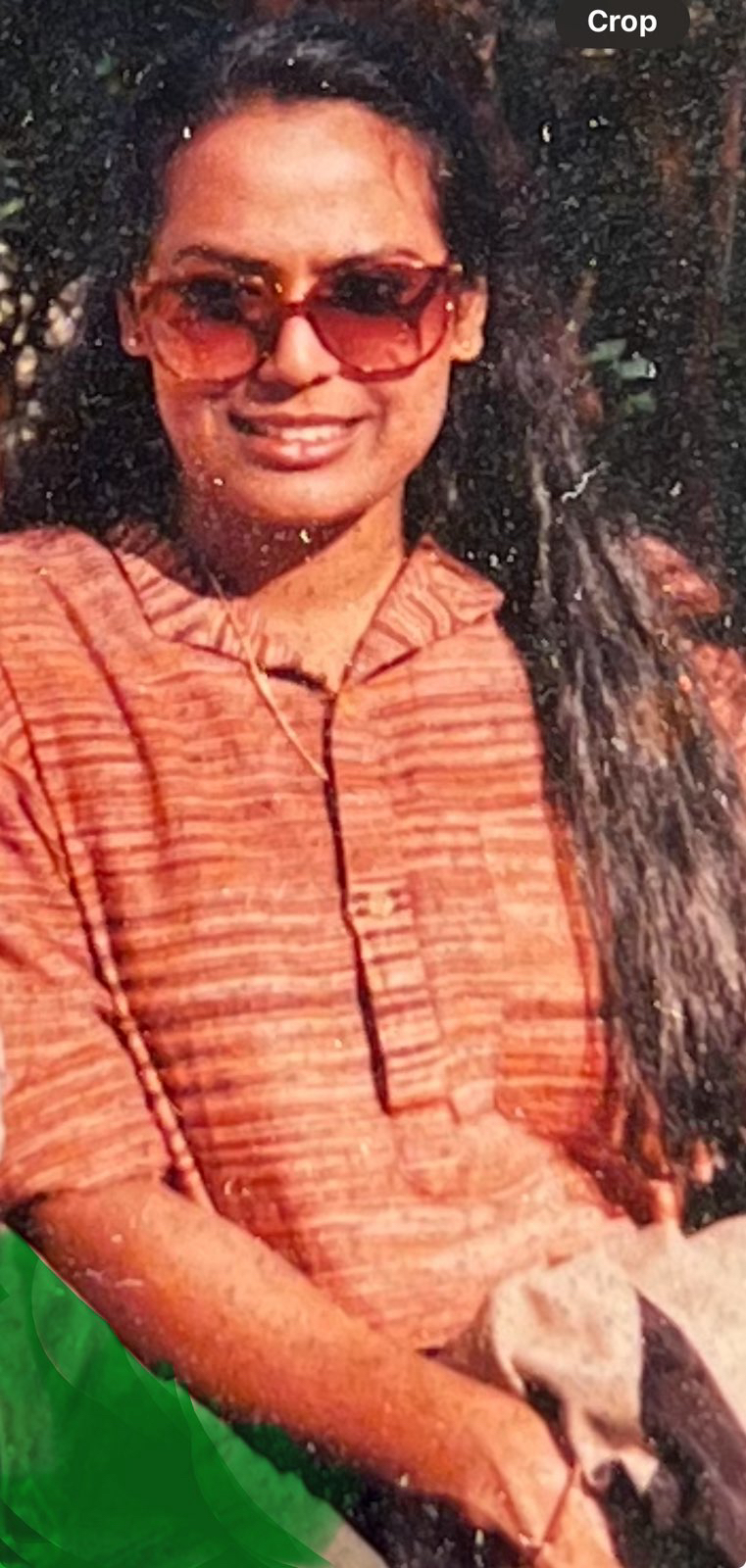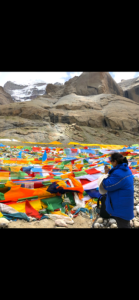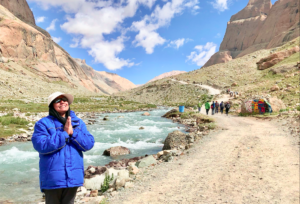Sri Lanka – Political Myth
Padmini Arhant
The people protest in Sri Lanka’s capital Colombo last month is marred with speculations and presumptions.
The public outrage demonstrated in mass storming the Presidential palace and then Prime Minister currently the President’s former official residence torched in flames and much more on world view.
The question then until now lingering over the mainstream outburst taken to the streets on July 9, 2022 until later beckon attention.
Are foreign powers behind the violent mass movement last month in Sri Lanka?
If there were foreign influence behind Sri Lankan population riots, the domestic claim by Sri Lankan people that the former Rajapaksa family run government imposed economic decline creating severe food and fuel crisis in the island nation as the cause for massive revolt is subject to skepticism.
Arguably, the latter fits the situation in terms of people patience reaching the limit as Sri Lanka ran out of basic essentials due to former Rajapaksa government failure to address economic needs resulting in political and economic chaos in Sri Lanka.
However, there were reports that United States advised fragmented Sri Lankan government during people dissent in July 2022 i.e. last month not to use any armed forces such as military or para military to control the citizens thronging to the government residence in the capital. The report suggesting the United States allegedly restrained then Sri Lankan office bearers to refrain from any government intervention to contain the angry agitated crowd on the streets at that time. The position entirely different from the January 6, 2021 Capitol building incident in the United States capital.
The western media report in this context generate impression on perhaps foreign power like the United States role behind Sri Lanka riot based on United States foreign policy and legacy in approval or otherwise of foreign governments depending on the political climate and administrations in the White House. In recent memory, United States interference has been cited by Pakistan’s ex-Prime Minister Imran Khan holding United States responsible for ousting his government from power in March 2022 via no-confidence motion apparently promoted by United States.
The United States sponsored Arab Spring in the Middle East in 2011, 2012 to 2014 led to the origin of IS, ISIS and various terror outfits. The U.S. and EU directed insurrection in Ukraine in 2014 has produced Russian invasion of Ukraine today. Likewise many governments toppling until 2016 elsewhere were openly carried out by United States. Again United States political meddling in foreign matter is well established record.
The other two neighbors – China and India are referenced as well in this regard which effectively seem bizarre for these reasons.
China and India together with other foreign powers favored Rajapaksa governance for political and economic vested interests with little or no concern for the people of Sri Lanka whether majoritarians or marginalized in that respect.
Indian government in New Delhi rejoiced then President Mahinda Rajapaksa victory in 2019 and subsequently welcomed the brother and successor Kottabaya Rajapaksa Presidential term in office.
China was provided free access to Sri Lankan economic sector under ex-President Mahinda Rajapaksa. Likewise India ‘s private industry especially Gautam Adani business holds majority share holdings in Colombo port and energy projects in that country. All these economic activities by China and India were facilitated under Mahinda and Kottabaya Rajapaksa tenure with no tangible economic benefits or prospects for Sri Lankan citizens across the spectrum except the political elites and deal makers reaping fortune in the entire gamut.
That being the case, China and India participation in removing Rajapaksa family from office fits the narrative as paid propaganda. India in particular taking the credit unravel New Delhi’s further involvement in protecting the ousted President Kottabaya Rajapaksa.
In the monetized publicity campaign by New Delhi, India is stated to have strong hold over another island nation on the Indian ocean viz. Maldives.
According to New Delhi propaganda outlets, Indian government has upper hand on Maldives and exert authority on issues in that region.
In that scenario, the deposed President Kottabaya Rajapaksa safe passage was channelled via Maldives which holds New Delhi the principal facilitator in Sri Lankan former President Kottabaya’s secure exit from the island to desired destination.
Upon factual verification, it is clear New Delhi is invested in Rajapaksa family political dominance anyhow somehow either via proxy or direct dealings considering New Delhi’s commitment to safeguard Adani groups business interests in Sri Lanka. The power game expose regional and foreign players’ vulnerability and actual agenda under the guise of economic benefactor with the underlying goal to defeat others in being the primary beneficiary. The regional and foreign forces political maneuvers at the expense of the local population in the country is least surprising.
Needless to say, in politics the power, fame and fortune famished authority is always in front line to hog credit where credit is not due and simultaneously absolve from responsibility in direct indulgence proved destructive and counterproductive.
Regardless, the political myth in Sri Lanka is not quite mythical in light of facts surfacing as in your face dilemma.
Padmini Arhant
Author & Presenter
PadminiArhant.com
Prakrithi.PadminiArhant.com








 mania as that is not going to deliver what is aimed at and desired in vain except confirming your asinine indulgence.
mania as that is not going to deliver what is aimed at and desired in vain except confirming your asinine indulgence.





Leave a Reply
Your email is safe with us.